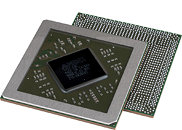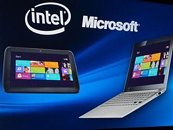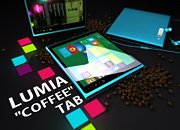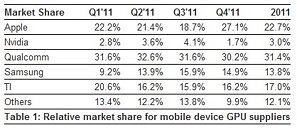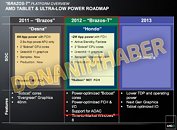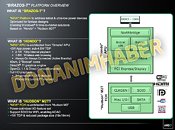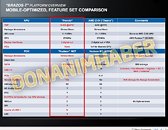
Killer Technology Launches New Killer High-Performance Network Controllers
Killer Technology (formerly Bigfoot Networks, before its Qualcomm buyout), launched two new network interface solutions aimed at gaming and enthusiast PCs, these include the Killer Wireless-N 1202, and Killer E2200 gigabit Ethernet, which are successors of Killer Wireless-N 1102/1103 and Killer E2100, respectively. Built in the mPCIe card form-factor, the Killer Wireless-N E1202 has quite a bit of Atheros DNA loaded into it (another subsidiary of Qualcomm), apart from Wireless-N, the E1202 also includes a Bluetooth controller. The Killer E2200 high-performance gigabit Ethernet controller will be available as both PCIe add-on card and embedded form (for motherboard manufacturers), it could be a refined, performance-optimized successor of the Killer E2100. Killer's USP is high performance using advanced offload of the network stack to a native application processor, resulting in lower pings that could help in multiplayer gaming. Both solutions will be available soon.


